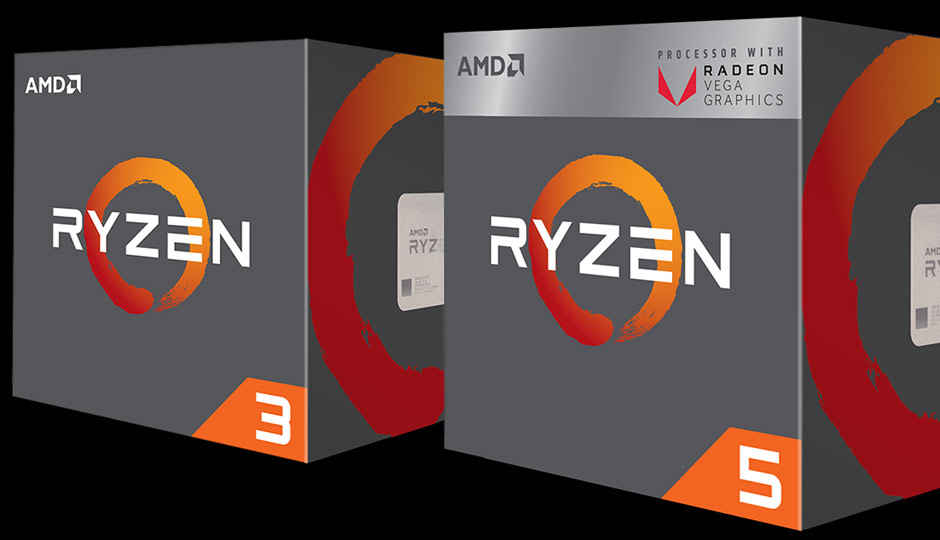AMD announces 3000-series Picasso APUs with new H-series for gaming laptops and A-series for Chromebooks

While the company held back on any update on its plans for 7nm chips, the company refreshed the present mobile lineup of processors, including a new APU meant for gaming notebooks.
Highlights:
- AMD has announced an upgrade for mobile CPUs with its second-gen Ryzen 3000 series Picasso APUs.
- The company has also unveiled an H-series processor with higher 35W TDP for gaming notebooks.
- The company also announced the AMD Athlon U-series processor based on older 28nm process meant for Chromebooks.
In expected lines, AMD refreshed its mobile lineup of processors with new second-gen Ryzen 3000-series Picasso APUS for the 3, 5 and 7 series. Along with that, the chipmaker also announced the AMD Athlon U-series processor. The company also has a new lineup of high-end H-series chips for gaming laptops, marking the entry of AMD in the gaming laptop market. The Athlon A-series are targeted at low-end Chromebooks.
The company is also likely to announce the progress of its 7nm chips later at CES, but for now the company has revealed enough meat to fawn over. The new Ryzen Mobile 3, 5 and 7 APUs tout the company’s Zen+ CPU cores that are paired with Vega graphics. The processors are made in a SoC design and have the basic design as the first-gen Raven Ridge processors. But just like what the company did with the desktop lineup, the CPU cores themselves are newly designed. The optimised designs, according to the Red Team, offer 8 percent boost in CPU and GPU performance as compared to the first-gen Raven Ridge processors.
The Zen+ CPU cores feature intelligent multi-core boost algorithms that the company claims speeds up everyday tasks on a computer. It also has less cache and memory latency. The company recently moved to Global Foundries’ 12nm nodes from 14nm that allow for an extra 100 to 200MHz of extra speed for the CPU cores. Furthermore, the new Ryzen 7 and 5 models will have four cores and eight threads. On of the Ryzen 3 APU, on the other hand is a quad-core processor with no threading. In fact, there is a separate Ryzen 3 lineup with two dual-core, quad-thread processors.
The L3 cache on the new processors have been bumped to 6MB for the Ryzen 7 and Ryzen 5 lineup, while the Ryzen 3 family is split between 6GB and 5GB cache memory, based on the number of cores. The chips support dual-channel DD4-2400 memory.
The company compared the chips to the Intel Core-i5 8250U with its own performance benchmark results, in office applications and gaming on integrated graphics.
The most interesting annoucement was the Ryzen H-series processors meant to power gaming laptops. The chip has a TDP of 35W, and has the same number of CPU cores as the regular U-series with 6MB of L3 cache. The chip also has the same Vega graphics and the same base/boost frequencies. What’s different is the higher TDP that allows AMD to boost to higher frequencies for longer. The company expects the chip will be paired with discrete graphics in gaming laptops by OEMs.
Finally, AMD is using its old 28nm Bristol Ridge processors to shake up the Chromebook market. There are two A-series processors that sports AMD’s Excavator cores indicating these were built on an older platform.
Related Links:
CES 2019: What to expect from Sony, Samsung, LG, Panasonic, Nvidia, Dell and others
Next-gen AMD Ryzen mobile CPUs spotted on Geekbench
AMD Ryzen 9 3800X flagship processor spotted online with 16 cores, 32 threads
Digit NewsDesk
Digit News Desk writes news stories across a range of topics. Getting you news updates on the latest in the world of tech. View Full Profile




